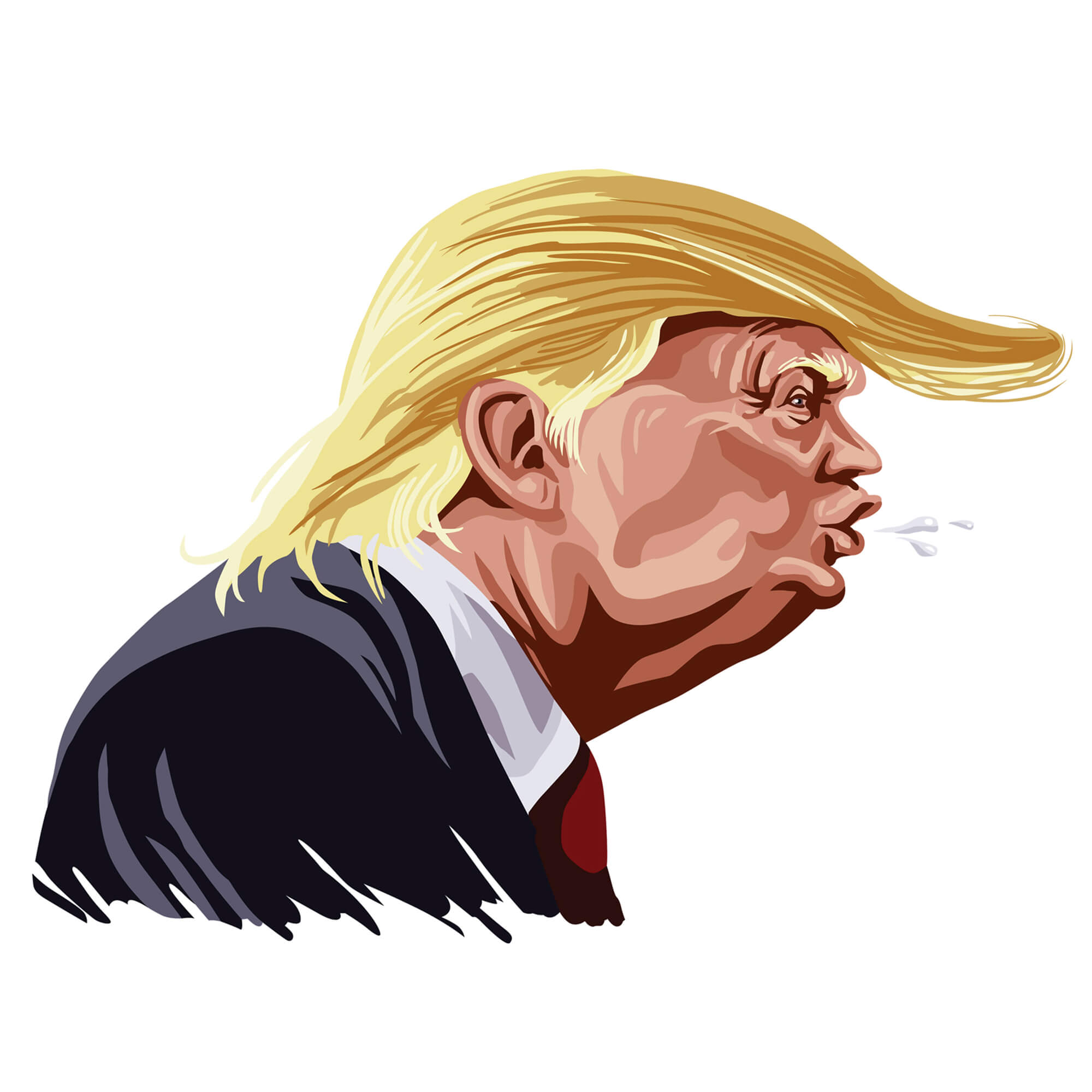What are the sources and patterns of hatred, resentment and bitterness towards political opponents? Although the study deals with the USA, which exported this polarization to the whole world during the Trump era

The era of the Trump administration may be behind us, but the political reality from which it was created and which it shaped is still with us. One of the main characteristics of the political culture of the Trump era was the far-reaching emotional polarization between the political camps - the hatred, resentment and bitterness towards the political opponents, which perhaps reached its peak in the storming of the Capitol in the last days of the previous administration.
Dr. Noam Gedron from the Department of Political Science at the Hebrew University of Jerusalem, investigates this political emotional polarization, its origins and patterns. Today, most of the research is focused on the USA for the prosaic reason that there is the data and information that can be used as a basis for research; Dr. Gedron's research project began as an attempt to understand if the emotional political polarization we see in the US is also typical of other countries. "As someone who comes from a country that also has political tensions, I wanted to ask: maybe in other countries too we will discover a similar degree of negative feelings between supporters of different parties and different political camps?", says Dr. Gedron.
Gedron's research shows that the USA is not an exceptional case when it comes to emotional polarization. "If we are concerned about what is happening in the US, there are good reasons to be concerned about what we see in other countries around the world." It is important to understand that not every ideological polarization translates into emotional polarization. This is actually the heart of Gedron's research: he tries to understand under what conditions, ideological disagreements between different parties translate into negative feelings of resentment, dislike and maybe even hatred between the two sides of the political barrier.
As part of the research, which won a research grant from the National Science Foundation, Dr. Gedron is preparing for an extensive effort to collect data. "In the United States there is a great deal of data that goes back decades and can show, for example, that over time more and more people do not want their child to marry someone from the other party. If you ask me how to compare this to how many Israelis would be willing for their child to marry a child of someone from the other party - or how many Greeks, Italians or Swedes would want it - the answer is that we do not have good comparative data. Now I am building a comparative survey to face this challenge.'
At the current stage of the research, Dr. Gedron focuses on identifying the structural roots of the phenomenon of emotional polarization based on existing databases. "There are, of course, personal characteristics of leaders that elicit one or another emotion from the public, but there are also structural characteristics that are related to the political and social system," says Gedron, "for example, does it matter if there are only two parties that are always in electoral competition, like in the US, or Is there a coalition structure like in Israel where parties also cooperate?' His research shows that a two-party political structure increases the level of emotional polarization. The more proportional the representation method, and the more possibilities of different combinations in different coalitions, the lower the level of polarization. "In this respect, Israel is at a good starting point when it comes to emotional polarization," he says. But as for other patterns directly related to Israel, Dr. Gedron says that as long as he is in the data collection phase, he is careful in his statements on the subject.
Another structural characteristic that Gedron examines is the ideological characteristic: which disagreements intensify the emotional polarization? Or in other words, what issues make people seethe and lash out at their opponents? It turns out that issues of identity and culture elicit more negative emotions than economic issues.
Another insight that emerges from Dr. Gedron's research is that when it comes to the mutual hatred between the mainstream voters and the extreme right voters, the hatred of the former for the latter is greater than the hatred of the latter for the former. Although this is surprising, one must of course take into account the fact that the extreme right reserves its hatred for ethnic and other minorities and not necessarily for the political mainstream. One way or another, says Dr. Gedron, this should reflect the deep rift in the social fabric in many countries today.
Life itself:
"Timing is an important factor in research, and also in life itself," says Dr. Gedron. "We, for example, won a cute baby (and with a lot of character) who joined our family when the corona broke out, and made sure that we wouldn't get bored during the first, second and third quarantines."
